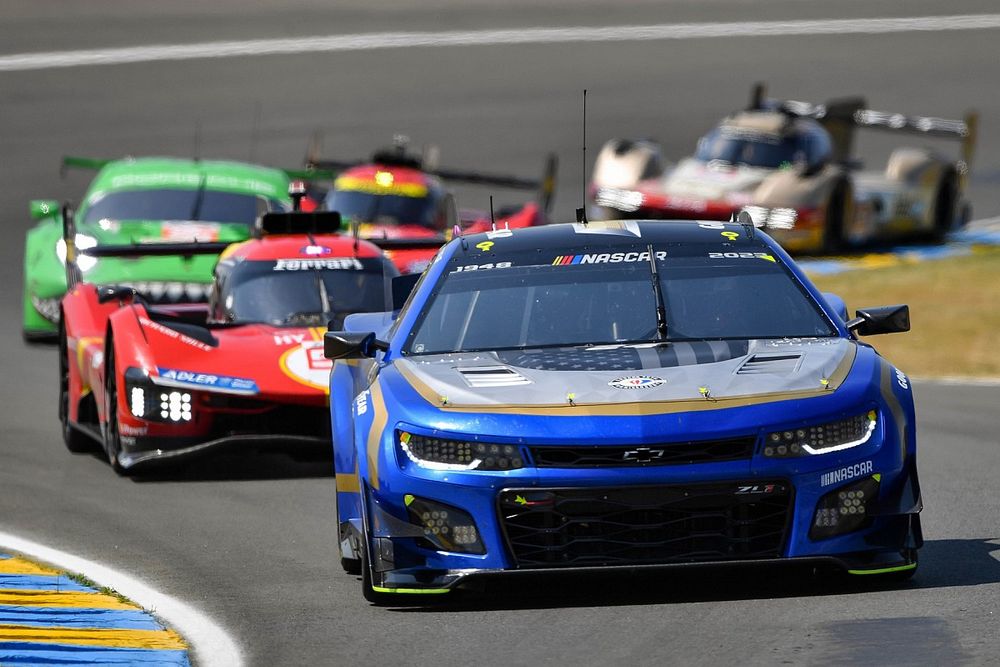NASCAR Stages Explained: Adding Excitement and Strategy
Introduced in 2017, stages were implemented in NASCAR races to increase excitement, drama, and strategic decision-making for both drivers and fans. Here’s a breakdown of the key points:
Number of Stages:
- NASCAR Cup Series: Most races have 3 stages, except the Coca-Cola 600 which has 4.
- NASCAR Xfinity Series and NASCAR Craftsman Truck Series: All races have 2 stages.
Stage Lengths:
- Stage lengths vary by track and are predetermined before the season begins.
- Generally, the first two stages combine to be about half the race distance.
- The final stage is usually the longest.
- You can find the specific stage lengths for each track on the official NASCAR website.
Points Awarded:
- The top 10 finishers in each stage earn bonus championship points.
- The winner of each stage receives 10 points, with points decreasing down to 1 point for 10th place.
- Stage points are added to a driver’s regular season points total.
- The winner of the final stage in the Cup Series also receives an additional playoff point.

Impact on Strategy:
- Stages encourage drivers to race aggressively early on to gain valuable stage points.
- Pit strategy becomes more complex, as teams need to consider fuel mileage, tire wear, and potential caution periods within each stage.
- Drivers can choose to focus on winning stages to accumulate points, even if they don’t win the overall race.
Benefits of Stages:
- Increased excitement and drama throughout the race.
- More strategic decision-making by teams and drivers.
- Provides additional opportunities for drivers to earn points and advance in the standings.
Overall, stages have added a new layer of complexity and competition to NASCAR races, making them more engaging for fans and challenging for drivers.

